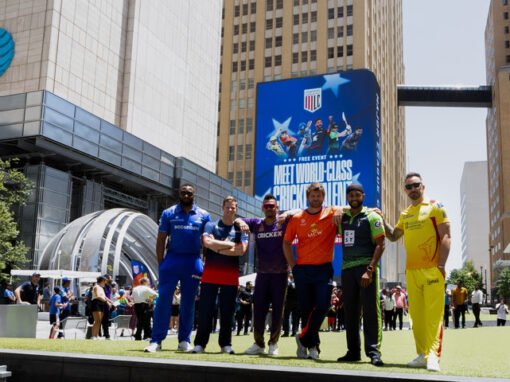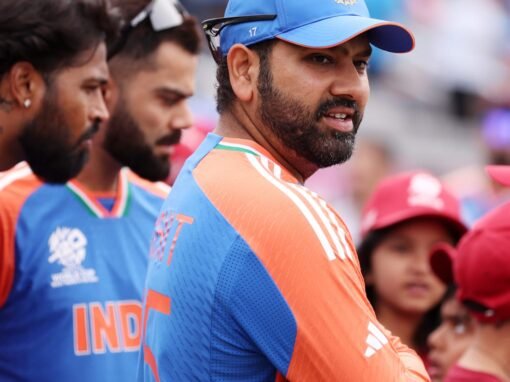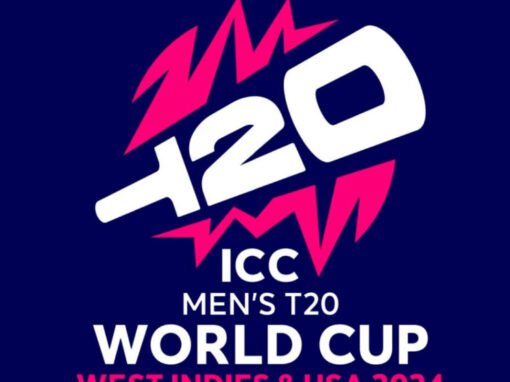This summary is written by Dennis Heath for the benefit of Listeners of the Cricket Show USA.
CHAPTER 1B, HOW DOES DISCRIMINATION SHOW ITSELF
The ICEC was established in March of 2021.
During a meeting with leadership of the ECB, the commission asked if they agreed with the conclusion of a previous committee (DC Select Committee Jan 2022), “that there is a deep-seated issue of racism in cricket.” Some members of the leadership acknowledged, “a history of racism in the game” but it was not deep seated. While others of the group acknowledged that racism and racist incidence existed, and that the incidences were “probably” deep-seated.
However, the commission was clear in their opinion racism in cricket is not confined to “pockets “or a “few bad apples,” the evidence demonstrates the forms and the shapes of the experience for many in the game. The lived experience survey conducted by the commission revealed examples of overt racism and abuse from club officials, team members and supporters directed at Black and South Asian players, including derogatory and inappropriate language and racist stereotyping.
The statistical numbers of respondents in a survey of players, showed that 87% were of Pakistani and Bangladesh heritage, 82% of Indian Heritage, and 75% Black. The commission found that due to distrust of cricket authorities, victims of discrimination did not report the incidence of discrimination and racism. And in contrast, those in cricketing authority had the perception that the system was operating at an unbiased level.
In a senior leadership group comprising 72 members, the board had one Black, a woman who was on the way off the board. The South Asian representative was 2.8%. The 2021 recreational cricket playing population is 55% white males, 21% Asian British, and 12% Black British. Also noted was that there was a decline of 75% of Black British male professional players.
In the female category of 161 players, there were 2 Black British, 4 mixed/multiple ethnicity and 8 South Asians. So clearly the percentage of minority male and female cricket professional players, does not reflect the recreational cricket playing base. The commission found evidence that players from ethnically diverse communities are not given the same opportunities, recognition, and support as their white counterparts. For example, lack of cricket in state schools, and in the inner cities, including role models, and talent selection criteria, including stereotyping, exclusion and other forms of racism directed towards minority players who feel like they need to be overqualified to succeed.



